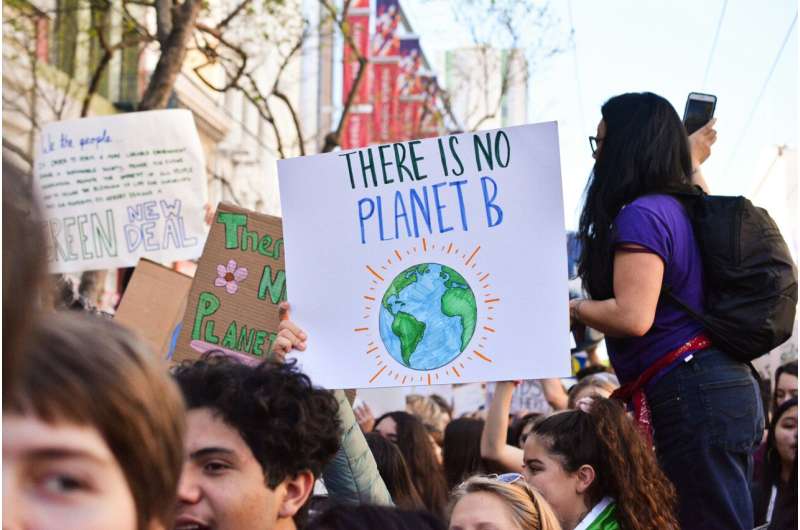Neural Similarities in Brain Responses to Movie Clips May Predict Future Friendships

A groundbreaking study reveals that strangers with similar brain responses to movie clips are more likely to become friends, highlighting the neural basis of social bonding and connection.
A recent study published in Nature Human Behaviour sheds light on the neural basis of social bonding, revealing that strangers whose brains respond in similar ways to movie clips are more likely to develop friendships later on. The research involved scanning the brains of 41 graduate students who had never met before while they watched a series of movie clips related to science, food, sports, and social events. The scientists analyzed responses from 214 brain regions associated with sensory processing, perception, movement, and emotions.
The surprising finding was that individuals who later became close friends or were direct social contacts already exhibited highly similar brain activity, particularly in the left orbitofrontal cortex, which plays a key role in social decision-making. This supports the concept of neural homophily — the idea that people tend to connect with others whose brains respond to stimuli in comparable ways.
To investigate whether brain response similarities could predict future social bonds, researchers obtained MRI scans shortly after the participants arrived on campus, minimizing pre-existing interactions. Over the following six months, participants completed social surveys, revealing that those with greater neural similarities at the outset were more likely to form closer friendships. Interestingly, this neural similarity was independent of demographics or shared interests, emphasizing the importance of brain function alignment.
The study contributes to understanding how human social networks develop across different contexts, from ancient communities to modern online groups. It also highlights the potential of neuroimaging to uncover subtle neurological markers that influence social behavior, going beyond traditional personality tests. Previous research has shown that friends often share similarities in brain structure and neural patterns, but most of these studies couldn't determine if neural alignment predates friendship or results from shared experiences.
By assessing neural responses before social interactions, the current research suggests that pre-existing brain similarities may serve as a biological foundation for social closeness. The findings open avenues for further exploration of how innate neural traits contribute to social bonding, offering insights into human connection that extend beyond superficial traits and behaviors.
Source: https://medicalxpress.com/news/2025-08-strangers-brains-alike-movie-friends.html
Stay Updated with Mia's Feed
Get the latest health & wellness insights delivered straight to your inbox.
Related Articles
New Study Links Family Hardship to Increased Eating Disorder Symptoms in Adolescents
A recent UK study reveals that family socioeconomic hardship during childhood significantly increases the risk of eating disorder symptoms among adolescents, challenging stereotypes and emphasizing the need for equitable mental health support.
Study Finds One-Third of Youth with Mental Health Emergencies Spend Over 12 Hours Waiting for Psychiatric Beds
A new study reveals that one-third of pediatric mental health emergency visits result in wait times over 12 hours for psychiatric beds, highlighting urgent care access issues.
Long-Term Mental Health Impacts of Firearm Violence: A Global Perspective
A comprehensive global review reveals that exposure to firearm violence has lasting psychological impacts, emphasizing the need for holistic interventions that address both physical and mental health risks.
Study Identifies Key Factors Linked to Climate Anxiety in the U.S.
A new study uncovers the key factors influencing self-reported climate anxiety among U.S. adults, highlighting the roles of media exposure, social discussions, and personal impact perceptions in shaping emotional responses to climate change.



